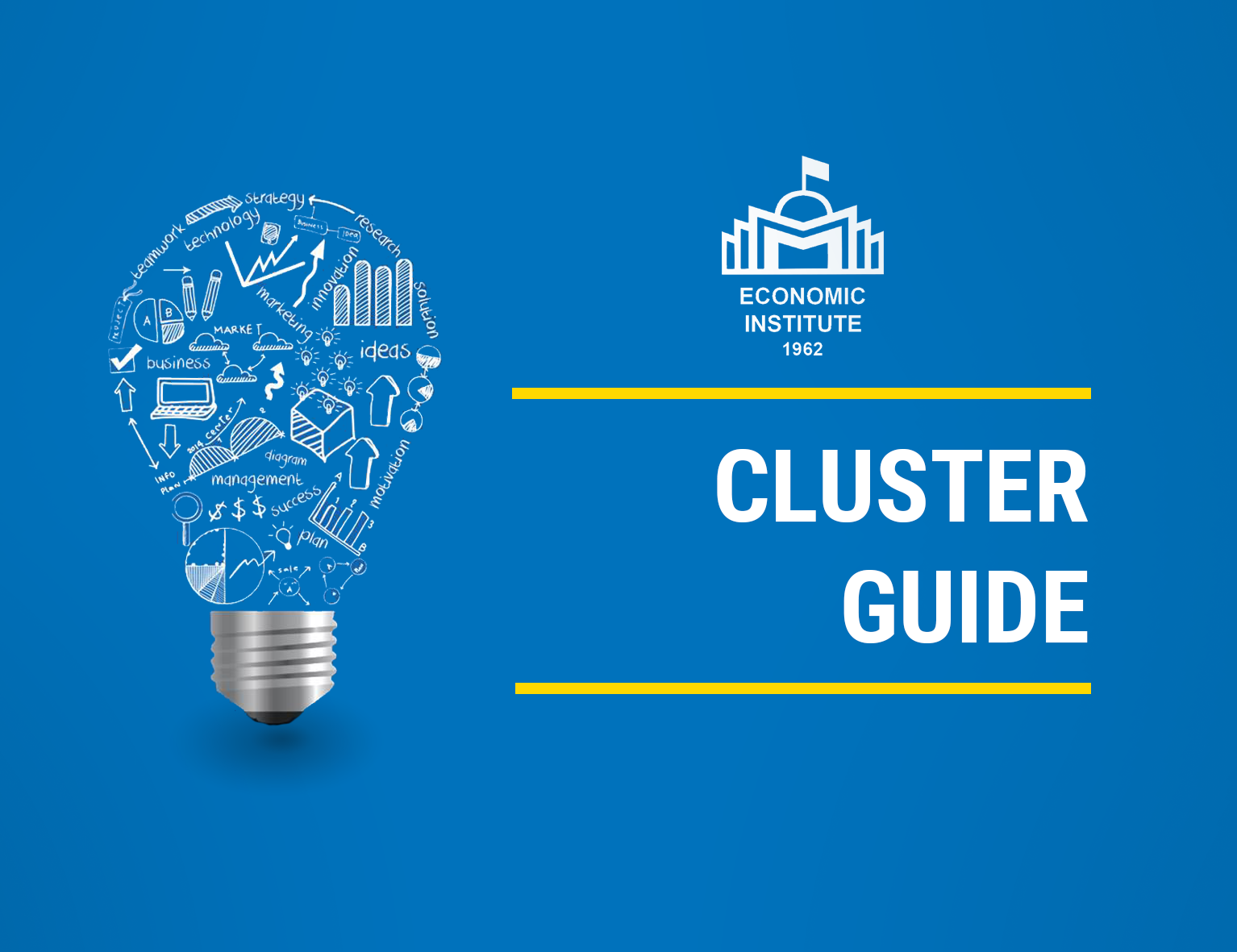#1 About clusters
The concept of development based on clusters was introduced some 30 years ago and at present the experience of cluster-based development is directed towards creation of shared values. Although this concept and the term became known in our country over ten years ago, the demand for systematic, comprehensive knowledge on cluster-based development has grown. That is why the Economics Institute decided to present you a handbook under the name A cluster guide.

As you can see from the table, cluster-based development is widely used in different countries throughout the world.
There are different definitions of the cluster.
|
Geographical concentration of interlinked companies and institutions in related branches of industry that complement each other by joint relations of exchange and activities along one /several/ value creation chains. Professor Michael Porter, Harvard Business School, 1990 |
Cluster is a system that links relationships between the private and the government. For instance, in the fruit and berry industry farmers, producers, other business entities that support their activities such as raw material suppliers, transportation companies, retailers, educational and research institutions, community organizations, advertising agencies all operate in relation collaborate to create shared values.
Cluster is a system that links relationships between the private and the government, which allows them to collaborate to create shared values jointly.
As business expertise of different countries shows, industrial clusters may surpass geographical boundaries. Along with it, technology-based clusters can develop and the majority of them tend to become a part of an international cluster. Newly emerging clusters mostly operate at the regional and international levels.
In the past 30 years, participants of economic relations were closely connected by their geographical position in order to strengthen competitiveness of industries to produce valuable products and provide services for consumers. Clusters were developed in two forms - based on economic benefit or innovation (knowledge). In the frame of economic benefit the focus is on productivity. In other words, utilization of factors, the ratio of used resources and produced goods or provided services are used to measure productivity to show the cluster development level. In the frame of innovation the focus is on newly created knowledge and its real experience. One indicator to measure it is the number of patents per industry employee and the number of researchers. In case of Mongolia, the number of patents per employee in the seabuckthorn industry and the number of researchers or the number of patents per employee in the agricultural or service industry and the number of researchers in the same industry can show the competitiveness level of this industry.
To learn more about clusters press here




